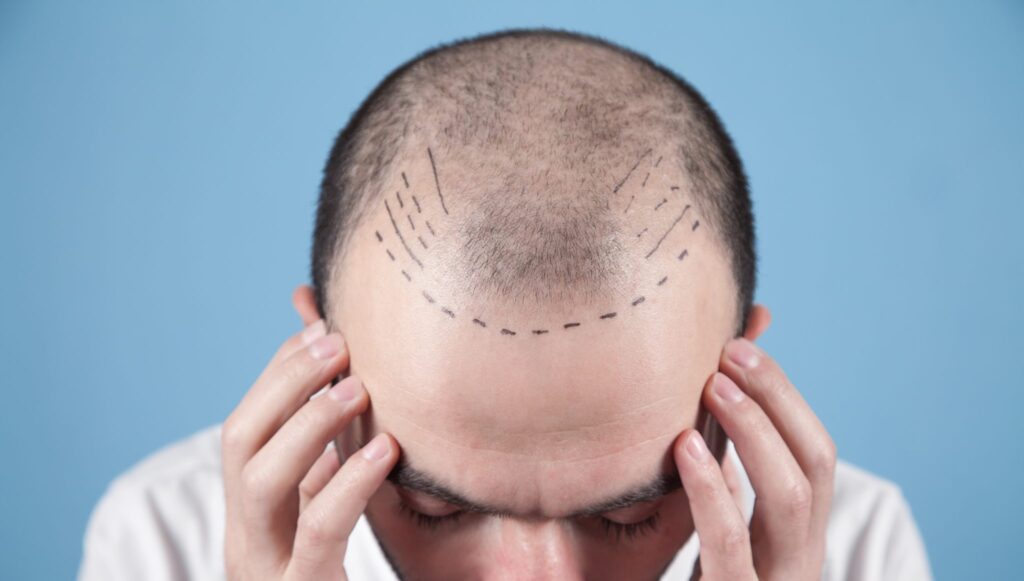Fut Hair Transplant in Turkey
Follicular Transplantation was first announced in 1995 in a paper published by Dr. Bernstein under the title of ‘Follicular Transplantation’. This marked the introduction of a revolutionary new method of treating hair loss. Since then, Follicular Transplantation has been widely used for hair restoration and continues to be an effective and popular solution for many individuals.
Fut Hair Transplant Cost in Turkey
Turkey is becoming an increasingly popular destination for hair transplants due to its low cost and high quality care. Many people from across the globe are opting for a hair transplant in Turkey due to the low cost and high quality of care. The cost of a hair transplant in Turkey can vary depending on the type of procedure and the number of grafts needed, but generally speaking, the cost of a hair transplant in Turkey is much lower than in other countries. The average cost for a hair transplant in Turkey is around 2,000 to 3,000 Euros, which is much lower than many other countries. Additionally, the quality of care in Turkey is very good and there are many highly experienced and skilled surgeons who provide excellent results. All in all, Turkey is a great option for those looking to get a hair transplant at an affordable price.

What is a FUT hair transplant?
A Follicular Unit Transplantation (FUT) hair transplant, also known as a strip method transplant, is a hair restoration procedure. It differs from the Follicular Unit Extraction (FUE) method in several key ways. Here’s how FUT works:
- Donor Area Preparation: In FUT, hair at the back and sides of the scalp – areas typically resistant to balding – is identified as the donor area. Unlike FUE, shaving the entire donor area is not necessary.
- Strip Extraction: The surgeon removes a strip of scalp skin from the donor area. The size of the strip depends on the number of grafts needed. This procedure is done under local anesthesia.
- Follicle Separation: Once the strip is removed, it’s then dissected into individual follicular units under a microscope. Each unit can contain 1 to 4 hairs.
- Recipient Site Preparation: The surgeon makes tiny incisions in the balding areas of the scalp, where the follicular units will be transplanted.
- Follicle Implantation: The dissected follicular units are carefully placed into the incisions in the recipient area. The surgeon pays attention to the angle, direction, and pattern of these grafts for a natural look.
- Recovery and Hair Growth: The recovery period might be longer than FUE due to the strip extraction. The transplanted hair usually falls out within a few weeks post-surgery, which is normal. New hair growth is typically seen within a few months.
Benefits of FUT include:
- Efficiency: FUT allows for the transplantation of a large number of grafts in a single session.
- High Graft Viability: There’s a high rate of graft survival due to the strip method.
- Cost-Effectiveness: It is often less expensive than FUE.
However, FUT has some downsides:
- Linear Scar: The strip extraction leaves a linear scar in the donor area, which can be visible if wearing hair very short.
- Longer Recovery Time: The healing process can be longer and more uncomfortable compared to FUE.
Choosing between FUE and FUT depends on individual needs, hair loss extent, lifestyle, and personal preferences. It’s important to consult with a qualified hair transplant specialist to understand the best option for your specific situation.
FUT Hair Transplant
FUT stands for Follicular Unit Transplant. It’s a hair restoration method. A strip of hair-bearing skin is taken from the scalp. This strip is divided into individual hair grafts. These grafts are then put into balding areas. The process takes several hours. It is done under local anesthesia. It results in natural-looking hair. There’s minimal scarring.
Fut Scar
A fut scar is a foot injury. It’s from pressure on the plantar fascia. This tissue supports the foot’s arch. Athletes often get it. Symptoms include heel pain and swelling. Treatment can be rest or medicine. In severe cases, surgery may be needed.
FUT Process
Grafts are taken first. They are then separated one by one. This takes up to 1 hour. Local anesthesia numbs the scalp. Holes are made for the grafts. Between 1000-3000 grafts can be implanted. Team’s skill is critical for good results. The process can last 1 to 3 hours. The procedure ends after graft placement.
FUE vs. FUT
FUE and FUT are hair transplant methods. FUE takes individual hair follicles. FUT takes a hair strip. Both restore hair. FUE heals faster but may have visible scars. FUT is cheaper and can transplant more hair but has a larger scar.
Alternatives to Hair Transplant
There are other ways to address hair loss. Minoxidil is a medication that can help. Scalp micropigmentation uses pigment for a fuller hair look. Laser therapy stimulates hair growth. Each option has benefits. A doctor can guide the choice.




Soru Sor